Wrong flow meter selection can waste thousands of dollars and lead to inaccurate measurements in critical water applications.
A water flow meter is a device that measures the volume or mass of water passing through a pipe, with various technologies available including magnetic, ultrasonic, and mechanical meters.
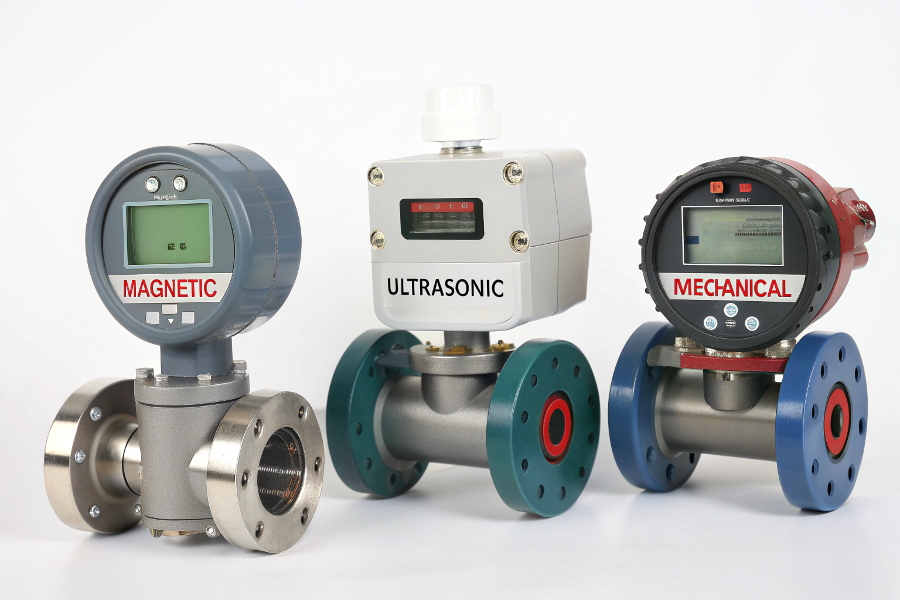
Common Water Flow Meter Types
Let me share insights from my years of experience in water flow measurement.
What is a Water Flow Meter?
Many facility managers struggle to understand different water flow meter technologies and their applications.
Water flow meters measure liquid flow using various principles like electromagnetic, ultrasonic, mechanical, or vortex, each suited for specific applications and conditions.
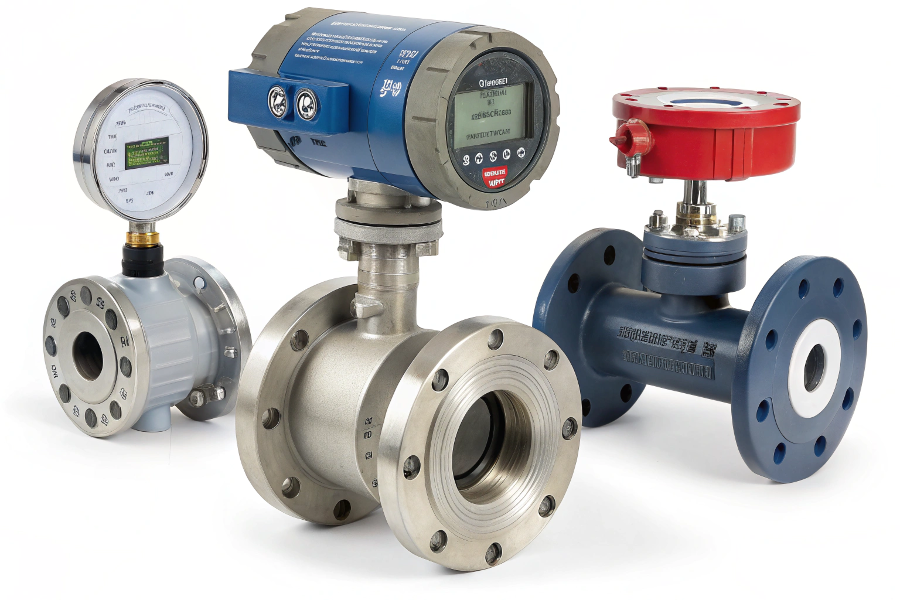
Water Flow Measurement Principles
From my experience working with water applications:
Types of Water Flow Meters
-
Common Technologies
Type Operating Principle Best Application Magnetic Electromagnetic induction Clean/conductive water Ultrasonic Sound wave transit time Clean water/large pipes Mechanical Physical movement Residential/billing Vortex Vortex shedding Industrial processes -
Selection Criteria
- Water quality
- Flow range
- Pressure conditions
- Installation requirements
Application Considerations
-
Performance Factors
- Accuracy needs
- Maintenance requirements
- Cost considerations
- Life expectancy
-
Installation Requirements
- Space constraints
- Pipe configuration
- Power availability
- Environmental conditions
Understanding types ensures proper selection.
What is a Normal Flow Rate for Water?
Understanding typical water flow rates is crucial for proper meter sizing.
Normal water flow rates vary widely, from 1-5 GPM in residential applications to hundreds or thousands of GPM in industrial settings.
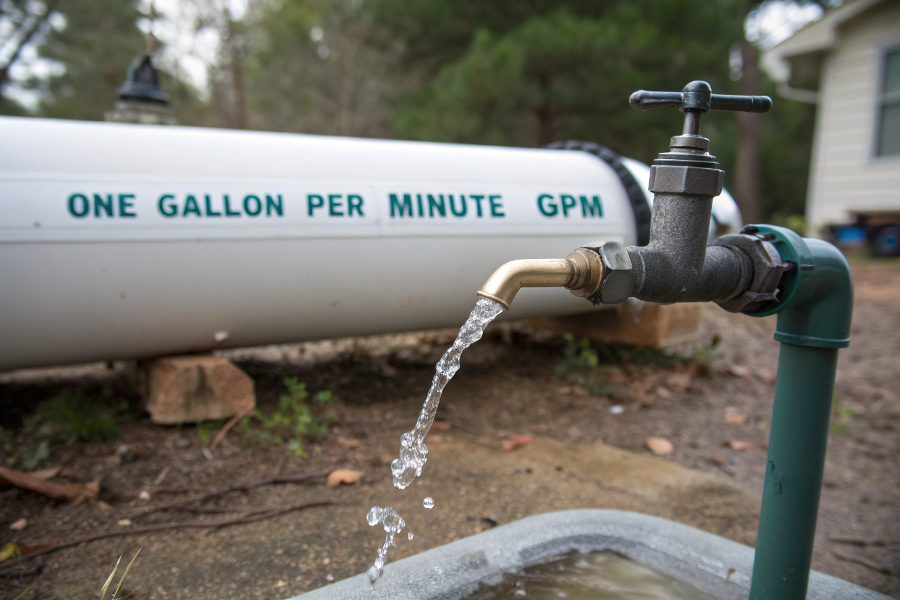
Typical Water Flow Rate Ranges
Based on my field observations:
Flow Rate Guidelines
-
Common Applications
Application Typical Range Peak Flow Residential 1-5 GPM 10 GPM Commercial 10-50 GPM 100 GPM Industrial 50-1000 GPM 2000 GPM Municipal 100-5000 GPM 10000 GPM -
Sizing Considerations
- Average demand
- Peak requirements
- Minimum flow
- Future expansion
Design Parameters
-
System Requirements
- Pressure loss
- Accuracy range
- Turn-down ratio
- Response time
-
Operating Conditions
- Temperature range
- Pressure limits
- Water quality
- Flow profile
Proper sizing ensures optimal performance.
What is the Rule of Thumb for Flow Meter Pipe?
Pipe sizing significantly impacts flow meter accuracy and performance.
The general rule is to maintain the same pipe diameter as the meter size, with straight run requirements of 10 diameters upstream and 5 diameters downstream.
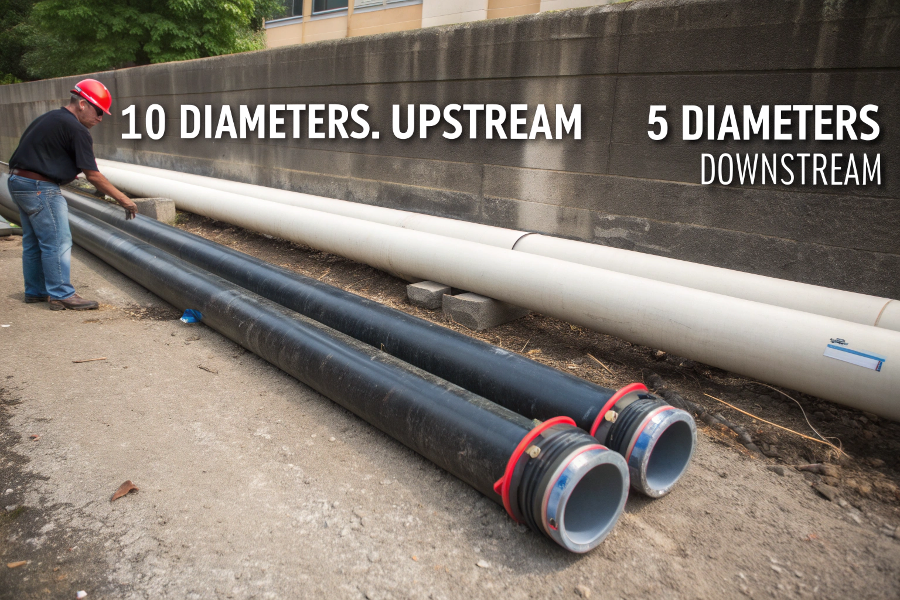
Flow Meter Pipe Sizing Guidelines
Here’s what I’ve learned:
Pipe Sizing Guidelines
-
Basic Rules
Aspect Requirement Purpose Diameter Match meter size Accuracy Upstream 10D minimum Flow profile Downstream 5D minimum Stability Material Compatible Longevity -
Installation Factors
- Flow conditioning
- Support requirements
- Access needs
- Maintenance space
Implementation Strategy
-
Design Considerations
- Space limitations
- Cost factors
- Performance needs
- Future changes
-
Installation Requirements
- Proper alignment
- Support structure
- Sealing method
- Documentation
Proper sizing ensures accuracy.
Which Flow Meter is Most Accurate?
Accuracy requirements vary by application and budget constraints.
Coriolis flow meters offer the highest accuracy (±0.1%), followed by magnetic flow meters (±0.2-0.5%) and ultrasonic meters (±0.5-1%) for water applications.
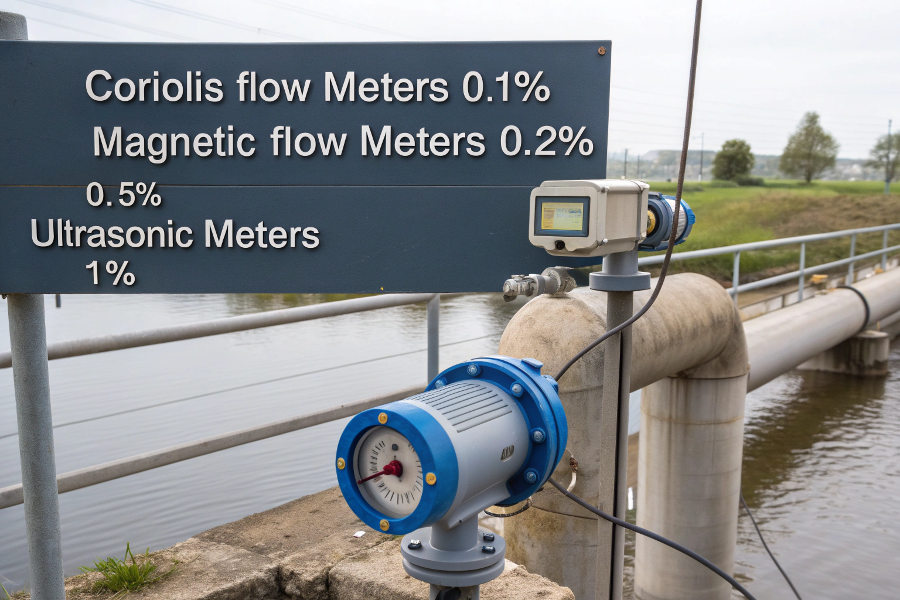
Flow Meter Accuracy Comparison
From my extensive testing experience:
Accuracy Comparison
-
Technology Rankings
Meter Type Accuracy Cost Level Coriolis ±0.1% Highest Magnetic ±0.2-0.5% Medium Ultrasonic ±0.5-1% Medium-High Mechanical ±1-2% Lowest -
Selection Factors
- Budget constraints
- Application requirements
- Maintenance capabilities
- Environmental conditions
Implementation Guide
-
Decision Criteria
- Required accuracy
- Cost limitations
- Installation constraints
- Maintenance needs
-
Operational Considerations
- Calibration requirements
- Maintenance schedule
- Training needs
- Support availability
Accuracy choice depends on needs.
Conclusion
Selecting the right water flow meter requires careful consideration of flow rates, pipe sizing, accuracy requirements, and application-specific factors to ensure optimal performance and reliability.
